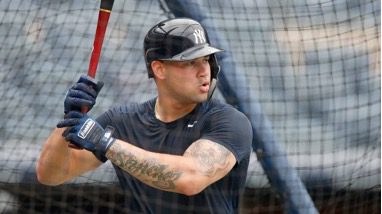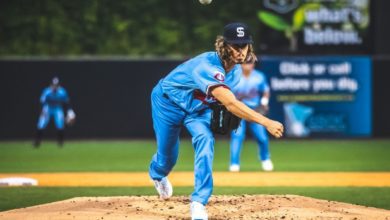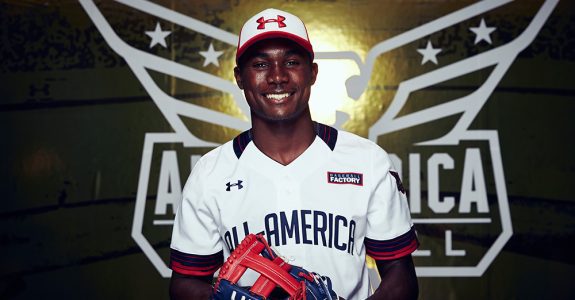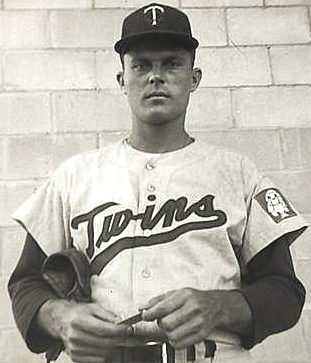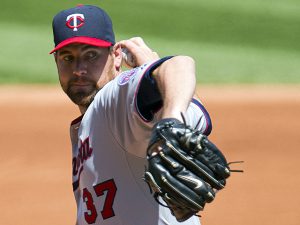
Everybody knows the Minnesota Twins have an awful starting rotation. Except for Twins General Manager Terry Ryan, who cited Mike Pelfrey and Kevin Correia as positives in a dismal 2013, when the Twins went 66-96. He might not realize how bad his rotation actually was. Well, let me lay out for you just how bad the Twins were.
First of all, I should make note of the Twins pitching strategy. Pitching coach Rick Anderson, who had a 9.9 career percent strikeout rate, is notorious for his philosophy of pitching to contact. The Twins starters did an excellent job of executing this strategy in 2013.
Other than Cole Devries, who made just two starts totaling seven innings, Pelfrey led the team in strikeout rate at 14.9 percent. The AL average strikeout rate for starting pitchers was 18.8 percent. The lead in whiff rate was shared by Kyle Gibson and Samuel Deduno, at 7.9 percent, below the AL average of 8.6 percent.
Overall, the starting rotation mustered a strikeout rate of 12.4 percent, the lowest rate relative to the league average in MLB history. The Detroit Tigers starting rotation had more strikeouts in the first half of the season than the Twins did the whole year.
It’s not as if they did a great job of avoiding walks, either. The rotation’s walk rate of 7.1 percent was right around the middle of the pack. Their first-pitch strike percentage was just 56.8 percent, the lowest in the majors.
With the lack of strikeouts, the Twins gave up plenty of home runs. Despite playing half their games at cavernous Target Field, their HR/9 allowed was fifth highest in the majors. The Cincinnati Reds and Texas Rangers, who play in homer-friendly ballparks but emphasize strikeouts, had a lower HR/9 rate.
As terrible as the peripheral stats were, Twins starters underachieved these marks. Their .324 BABIP was easily the highest in the majors, and their HR/FB ratio was in the top 10. Their team FIP and xFIP were terrible, but the ERA was even worse. It’s almost as if their starters possessed such terrible stuff that BABIP and HR/FB paradigms didn’t apply to them. Actually, I’m sure that was the case.
Let’s analyze some of the pitchers in that rotation.
Correia, a veteran who was brought on in a two-year deal, led the team in innings. Presumably, the Twins were attracted by his plummeting strikeout rate, and he rewarded them with a 12.8 percent rate and a 4.18 ERA, which probably didn’t accurately indicate how poorly he pitched. I’m sure he provided good leadership.
Pelfrey’s 14.9 percent strikeout rate was a career high, which probably begs the question why the Twins bothered giving the Tommy John recoveree innings in the first place. Terry Ryan might have liked him, but Pelfrey’s 5.19 ERA was the fourth highest in major-league baseball.
Gibson, a touted rookie, got hammered to the tune of a 6.53 ERA. Despite averaging more than 92 mph on his fastball, he displayed some serious trouble missing bats, as shown by his 93.3 percent Zone-Contact rate. Hitters managed a .327/.395/.479 line off Gibson.
Scott Diamond returned to the rotation and his ERA climbed by almost two runs, to 5.43. Perhaps the Twins should have seen this coming, no pitcher had a higher Zone-Contact rate than Diamond in 2012, and he repeated the feat in 2013. He threw in a few walks in the process, and his groundball rate dropped significantly. His fastball generated whiffs on just 2.7 percent of pitches in 2013.
Offseason acquisition Vance Worley, possessor of an alarmingly high Zone-Contact rate and a declining fastball, was lit up with a .381/.427/.577 line and a 7.21 ERA. A shoulder injury mercifully ended his season after 48 2/3 innings. He had the lowest whiff rate — by a wide margin — of any starting pitcher to throw at least 40 innings.
I could go on, but suffice it to say Andrew Albers, he of the 86 mph fastball, Deduno, who produces infield flies about as often as Joey Votto, and P.J. Walters, who managed just 11 whiffs out of 353 fastballs, were thoroughly unimpressive. Oh, and the guy they traded Francisco Liriano for, Pedro Hernandez, had the highest ERA of any starter who threw at least 50 innings.
All told, the Twins starting rotation possessed an ERA- of 132, easily the highest in the MLB, and one of the highest marks since the turn of the century.
While the Twins have a stable of intriguing prospects, led by Byron Buxton and Miguel Sano, the pitching staff is in need of an overhaul if the team is going to compete in the next few years. Too bad they let Liriano go for a song, they could use his MLB-leading whiff rate. But I guess he didn’t fit in with the Minnesota Twins organizational philosophy.


